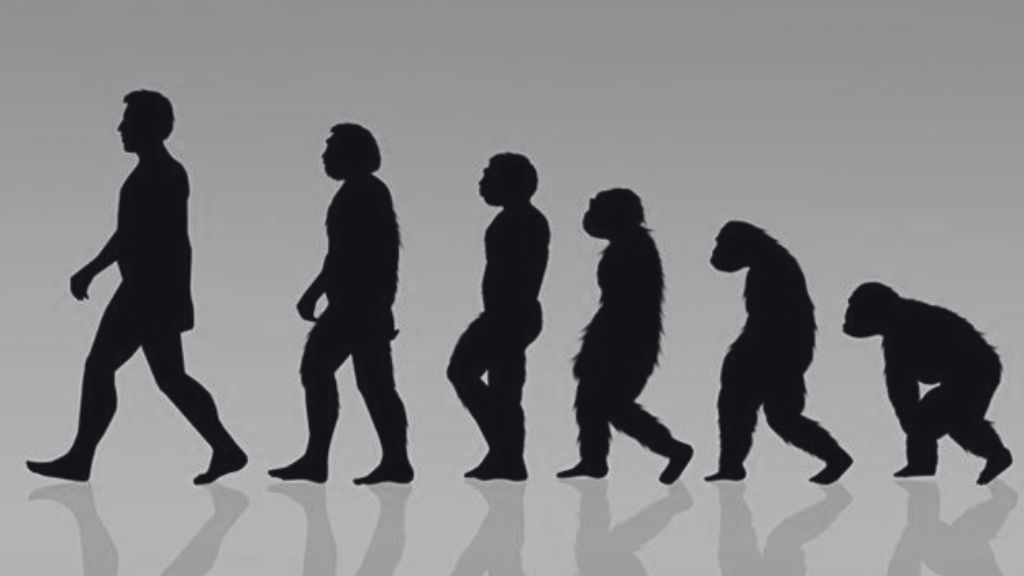The story of life on Earth began billions of years ago, long before humans, animals, or plants existed. Scientists believe that Earth was formed around 4.5 billion years ago. At first, the Earth was a hot, rocky place with no life. Slowly, over millions of years, conditions on Earth changed, and it became cooler, with oceans forming from rainwater. This was the perfect environment for the very first forms of life to appear.
How Did Life Begin And Evolve On Earth Essay 500 words
How Did Life Begin?
The earliest forms of life on Earth were extremely tiny organisms. These living things, called “microorganisms,” were so small that you couldn’t see them without a microscope. They probably formed from simple chemicals that combined in the oceans. This might have happened because of lightning, volcanic activity, or heat from deep within the Earth. Scientists call these early life forms “prokaryotes,” and they were the building blocks of all other life on Earth.
The exact process of how life started is still a mystery. Some scientists think that life began in deep-sea vents, where hot water and minerals created a good environment for the first living organisms. Others believe it might have started in shallow ponds or even in ice-covered oceans. Even though we don’t know exactly how it happened, we do know that once life began, it didn’t stop evolving and changing.
Also read: How to Beat Procrastination and Start Taking Action
How Did Life Evolve?
Over millions of years, these simple microorganisms began to change and evolve. Evolution means that living things slowly change over time to survive better in their environment. Some microorganisms learned how to use sunlight to make their food in a process called “photosynthesis.” This created oxygen, which began to fill the air and oceans. With oxygen available, more complex life forms could develop.
Over billions of years, simple organisms evolved into more complex ones. Life moved from the oceans to the land, and plants, animals, and eventually humans began to appear. For example, fish were some of the first creatures to develop in the oceans, and later some fish evolved to live on land, becoming amphibians. After amphibians, reptiles, birds, and mammals evolved.
The Age of Dinosaurs
One of the most famous times in Earth’s history is the age of dinosaurs. Dinosaurs lived millions of years ago and were the dominant animals on Earth for a very long time. However, around 65 million years ago, a huge asteroid hit the Earth, causing a massive extinction. Most dinosaurs disappeared, but some smaller animals, like birds, survived and continued to evolve.
Humans and Evolution
Humans evolved from apes over millions of years. Our ancestors lived in forests, but they slowly adapted to walking on two legs and using tools. Over time, they developed larger brains, which helped them survive and thrive. Eventually, humans became the most advanced species on Earth.
Life on Earth has come a long way from tiny microorganisms in the oceans to the complex plants, animals, and humans we see today. Even though we still don’t know exactly how life began, we do know that evolution played a key role in shaping the world we live in today.
Also read: Differences Between PGDM and MBA
How Did Life Begin and Evolve on Earth Essay 400 words
Earth was formed about 4.5 billion years ago, but life did not appear right away. At first, Earth was a hot and rocky planet with no life at all. Over time, the planet cooled down, and oceans were formed from rain. This created the perfect conditions for life to begin.
How Did Life Begin?
The first life forms were tiny, simple organisms called microorganisms. They were too small to see without a microscope. Scientists believe these microorganisms came from simple chemicals in the oceans, possibly created by lightning or heat from deep inside the Earth. These early life forms are called “prokaryotes.” We still do not know exactly how they formed, but scientists think life may have started in deep-sea vents or shallow ponds.
How Did Life Evolve?
Once life began, it started to change and evolve. Evolution means that living things slowly adapt and change to survive better in their environment. Some microorganisms developed the ability to use sunlight to make food through photosynthesis. This process created oxygen, which allowed more complex life forms to develop.
Life started in the oceans, but over millions of years, some creatures began to move onto land. Plants, animals, and eventually humans began to evolve. For example, fish were one of the first animals to live in water, but some fish evolved to survive on land and became amphibians. Over time, reptiles, birds, and mammals also appeared.
Dinosaurs and Extinction
Millions of years ago, dinosaurs ruled the Earth. They were the largest animals ever to live on land. However, around 65 million years ago, a huge asteroid hit the Earth, causing most dinosaurs to become extinct. But some smaller animals, like birds, survived and continued to evolve.
Also read: What Could Have Inspired You To Follow Your Chosen Career Field
Human Evolution
Humans evolved from ancient apes millions of years ago. Early humans learned to walk on two legs and use tools. Over time, their brains grew larger, helping them survive. Eventually, humans became the most advanced creatures on Earth.
The story of life on Earth is a long one, beginning with tiny microorganisms and evolving into the plants, animals, and humans we see today. While we may not know exactly how life began, we know that evolution helped shape the world around us.

